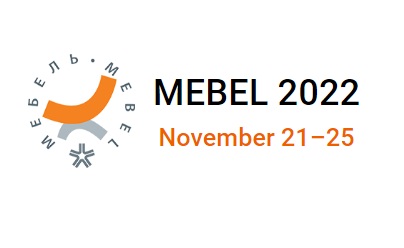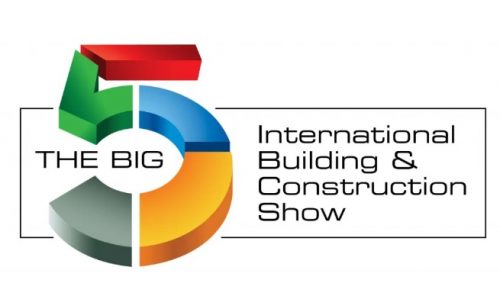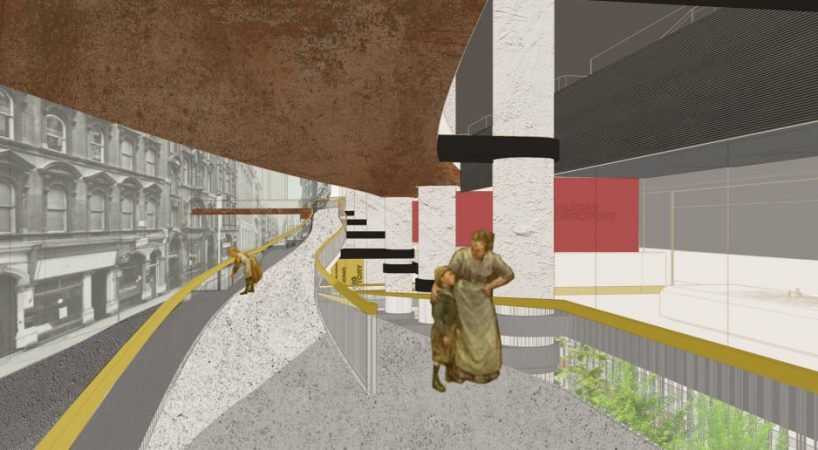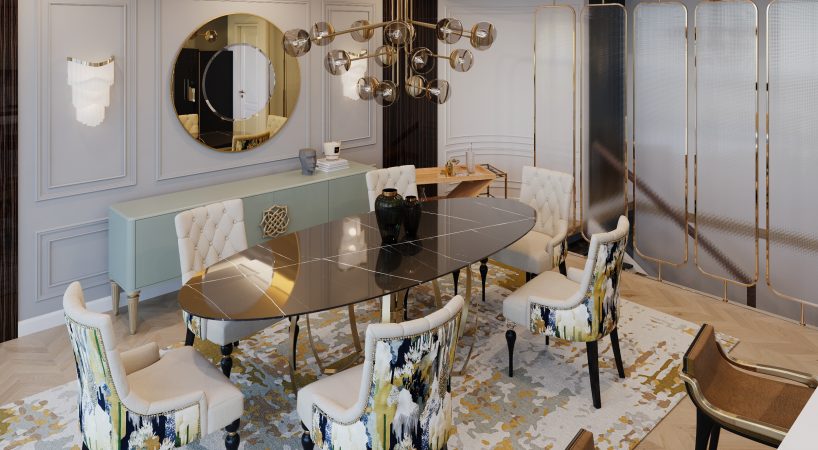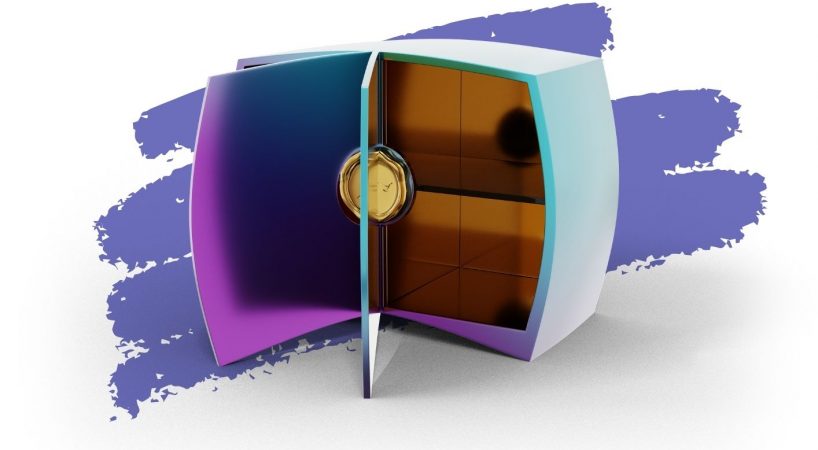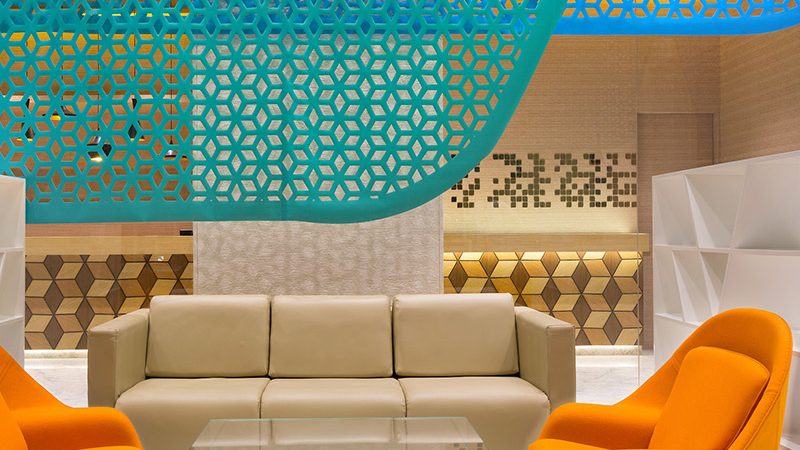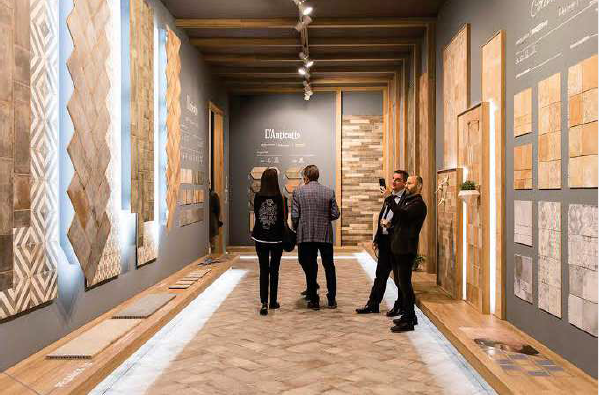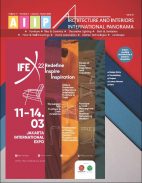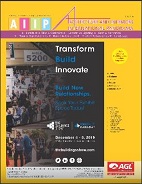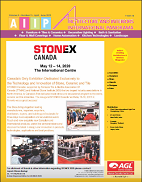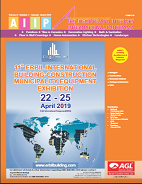GREEN BUILDING
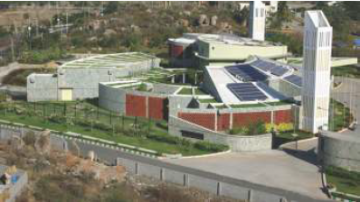
The green building movement in India was started with CII – Sohrabji Godrej Green Business Centre. The first Platinum rated green building is a unique public-private partnership of CII, the Government of Andhra Pradesh, USAID and Pirojshah Godrej Foundation.
Being a pioneer of green building movement in India, Godrej and Boyce is one of the most experienced green building consultants now the company specializes in green building consulting, MEP design consulting, building commissioning, building simulations and third party auditing service. It has completed more than 100 green building certified and pre-certified projects and is working on more than 300 projects.
Green building rating systems
Godrej ad Boyce Projects green building services under following rating systems:
Indian Green Building Council (IGBC)
LEED India NCC New Construction Rating System for self occupied commercial buildings such as corporate headquarters, hotels, hospitals, schools etc.
LEED India CS (Core and shell) Rating Systems for commercial buildings wherein space is rented out to other parties, e.g. IT parks and malls.
IGBC Green Homes Rating System for residential buildings.
IGBC Green factory Rating System for large mixed use townships consisting of residential, commercial and institutional buildings.
IGBC EB (Existing Building) Rating System for any type of existing building such as residential, commercial, institutional etc.
US Green Building Council (USGBC)
IGBC CI (Commercial Interiors) Rating System for rented/own office space in a commercial building.
LEED EB (Existing Buildings) Rating System for any type of existing building such as residential, commercial, institutional, malls etc.
The Energy and Resource Institute (TERI) conducts Green Rating for Integrated Habitat Assessment (GRIHA) Rating System for any kind of new development such as residential, commercial, institutional etc.
Godrej and Boyce provides services to real estate developers, architects multinational banks, institutions like schools and hospitals, hotels, malls and factories. It provides the services mentioned above and in addition Building Information Model (BIM) also. BIM is the process of developing a virtual 3-dimensional information rich models to design, construct and maintain a building projects. If not only manages graphics but also helps in automatic generation of drawings, reports and design analysis.
CII- Sohrabji Godrej Green Buildings Centre
The Example set by India’s first LEED platinum rated green building the CII- Sohrabji Godrej Green Buildings Centre in Hyderabad, set the ball rolling for a variety of green certifications in the different categories of buildings including homes, factories and commercial spaces among others back in 2001. As a provider of green services to the real estate, Surmount Energy Solutions Pvt. Ltd chose to lead by example too – a green consultancy working out of green office seems befitting to the intention and purpose of the movement of “greening the urban-scape”.
Set in the commercial heart of Navi Mumbai, CBD Belapur the headquarters of Surmount manages to check all key elements outlined by the definition of a green interior, earning if the USGBC’s highest i.e. platinum rating for a green commercial interiors. Features such as high albedo ( Highly reflective surfaces) to tackle excessive heating up xeriscaping, water-less urinals, water-efficient fixturs for sensible water management, material with recycled content as well as rapidly renewable material in the interiors and furnishings, energy efficient fixtures, LED signage, motion and daylight sensors for optimal energy use have all contributed in making the office an epitome of sustainability. Energy efficiency is further oiled by on-site solar P V system that contributes to the site’s energy use.
Further to creating an environmentally efficient build-space, another achievement of the company is its indigenous range of automation systems named Build-Track. The ingenuity of this system lies in its ability to address three important requirements of the Indian real estate today, making it a three pronged by product of Surmount’s expertise in sustainability. These include characteristic limitations that the Indian conditions pose for many of the available automation brands such as fluctuating power surges, unfamiliarity with equipment amongst the longer population etc., energy efficiency through innovatively designed home and facility automation products; and finally integrated security and surveillance systems for homes and communities.
One of the most distinctive features of Build Track is its transferability on to various smart devices, including phones and tablets that bring home, facility and community management and automation to our fingertips. The integration of the automation system in these devices enables users to control installed systems remotely through customised apps that also allow the design of the layout of the home/facility.
These measures taken internally are additionally complemented by extensive Education and Training initiatives taken by the orgainsation. This ranges from a Demonstration Centre for Build Track, training programmes for builders, developers and other clients of Surmount initiating them into green construction and finally Surmount Training Centre (STC) offers training courses for professionals and students of the industry to acquire green know-low and professional certification from IGBC.
Along with designing its own green office, the company began its green work by enabling energy and water efficiency in the CBD Station Complex through a combination of energy-water audits, implementation of essential Build Track components to achieve saving upto and over 30%. Other key highlights of their work in the Indian real estate include scores of projects with some of the leading developers and builders facilitating certification through IGBC, USGBC and GRIHA among others.
The idea behind this venue was to high light the potential of green certification for built spaces in India, considering some fo the challenges that the market here faces, are affordability, the need for imported materials etc.












